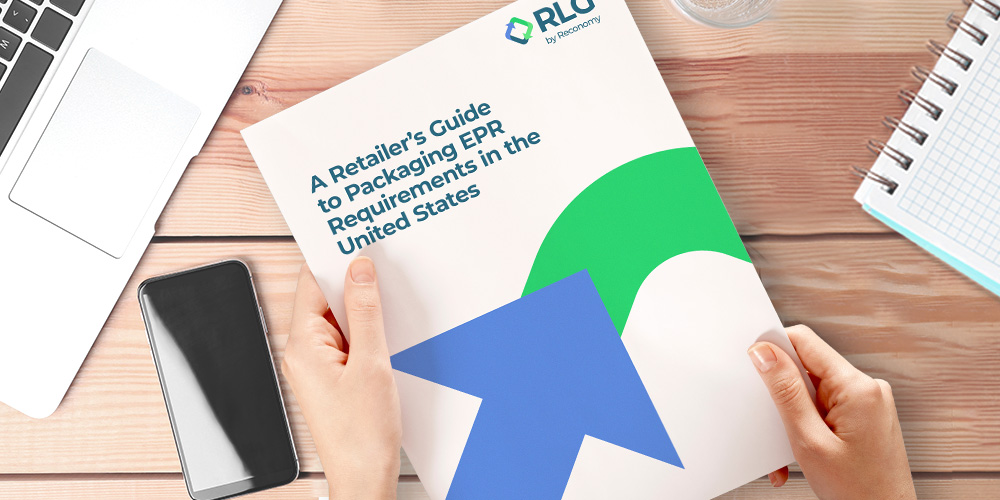
As packaging Extended Producer Responsibility (EPR) laws spread across the United States, retailers are navigating an increasingly complex web of compliance requirements. Each state is rolling out its own set of regulations, definitions, and fee structures, making it more challenging than ever to understand your obligations.
Whether you’re dealing with e‑commerce shipping materials, private-label products, or imported goods, packaging EPR laws can have serious financial and operational impacts on your business. Our comprehensive guide breaks through the complexity to give you a clear picture of what these laws mean for your operations and how you can stay compliant while keeping costs under control.
FAQs: What You’ll Learn from This Guide
- What is packaging EPR, and how does it specifically impact retailers like you?
- Which types of packaging do you need to report and track?
- How do real-world scenarios affect your EPR obligations?
- What are the key compliance challenges and cost factors?
- How can you minimize EPR fees while staying compliant?
Ready to master packaging EPR compliance for retail?
Fill out the form to download your copy and ensure your business is ready for the latest packaging compliance changes.
Disclaimer: This resource should not replace professional legal counsel—always consult qualified legal professionals for current information specific to your situation.


